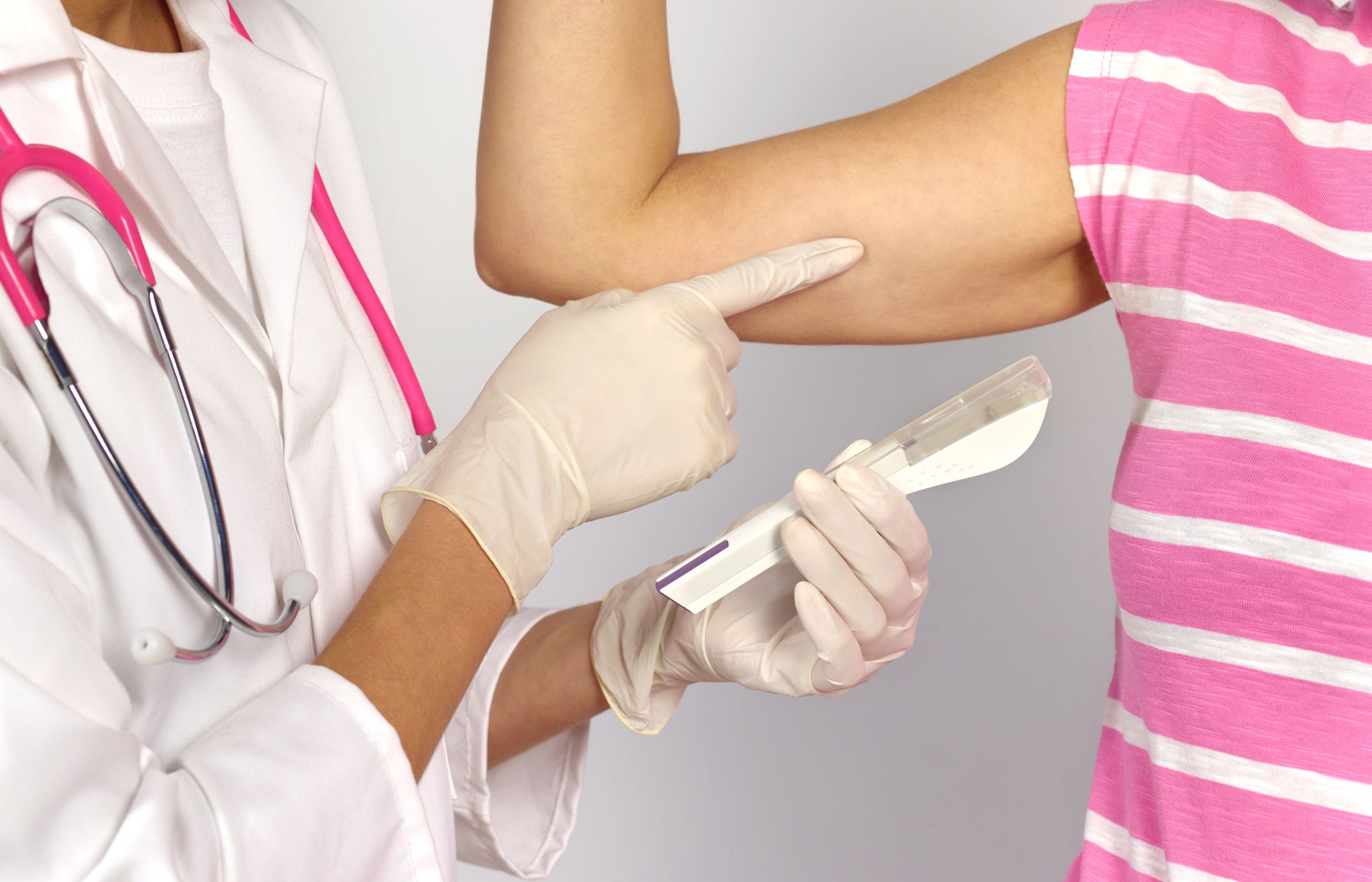

Most women who have had an ectopic pregnancy can become pregnant again, but they will need careful follow up, as their risk of ectopic pregnancy is higher. Any woman thought to have or found to have an ectopic pregnancy will need careful observation. A blood transfusion may also be needed.įor non-emergency ectopic pregnancy, medication is often successful, but sometimes surgery is still needed. Laparoscopic surgery is done to remove the embryo and attempts are made to repair the fallopian tube. In most cases, ectopic pregnancy can be diagnosed using a range of tests, some of which are standard medical procedures for all pregnant women, including:Ī ruptured fallopian tube is a medical emergency. Diagnosis of ectopic pregnancyĪround 15 per cent of cases of ectopic pregnancy are diagnosed in the emergency room after the fallopian tube has ruptured. Women who use these forms of contraception need to be aware of the symptoms of ectopic pregnancy. The progestogen-only pill can also be considered. If a pregnancy occurs as a result of a failed tubal sterilisation, there is also a higher risk that it will be ectopic, but the percentage is unknown.īecause implants and IUDs are extremely effective methods of contraception and pregnancy is highly unlikely, these methods can be used in women with a past history of ectopic pregnancy. up to 50 per cent in women using hormone releasing IUDs.


The symptoms of ectopic pregnancy can mimic miscarriage or the symptoms of other reproductive disorders, such as pelvic inflammatory disease (PID) or endometriosis. Around five in 1,000 pregnancies are ectopic. In an emergency, call triple zero (000) for an ambulance or go immediately to the nearest hospital emergency department.Īn ectopic pregnancy can also develop in the cervix (entrance to the womb), the abdominal cavity and the ovary itself, but these cases are rare. This is a medical emergency needing immediate surgery and, in some cases, a blood transfusion. In around 15 per cent of cases, the tube ruptures, causing pain, internal bleeding and shock. The developing placenta cannot access a rich blood supply and the fallopian tube is not large enough to support the growing embryo. Normally, the fertilised egg moves down the fallopian tube and into the uterus (womb) to implant in the uterine lining (endometrium).Įctopic pregnancy is a pregnancy that develops outside the uterus, usually in one of the fallopian tubes. Conception occurs when the egg meets a sperm in the fallopian tube. During ovulation, an egg (ovum) is released from one of the ovaries.


 0 kommentar(er)
0 kommentar(er)
